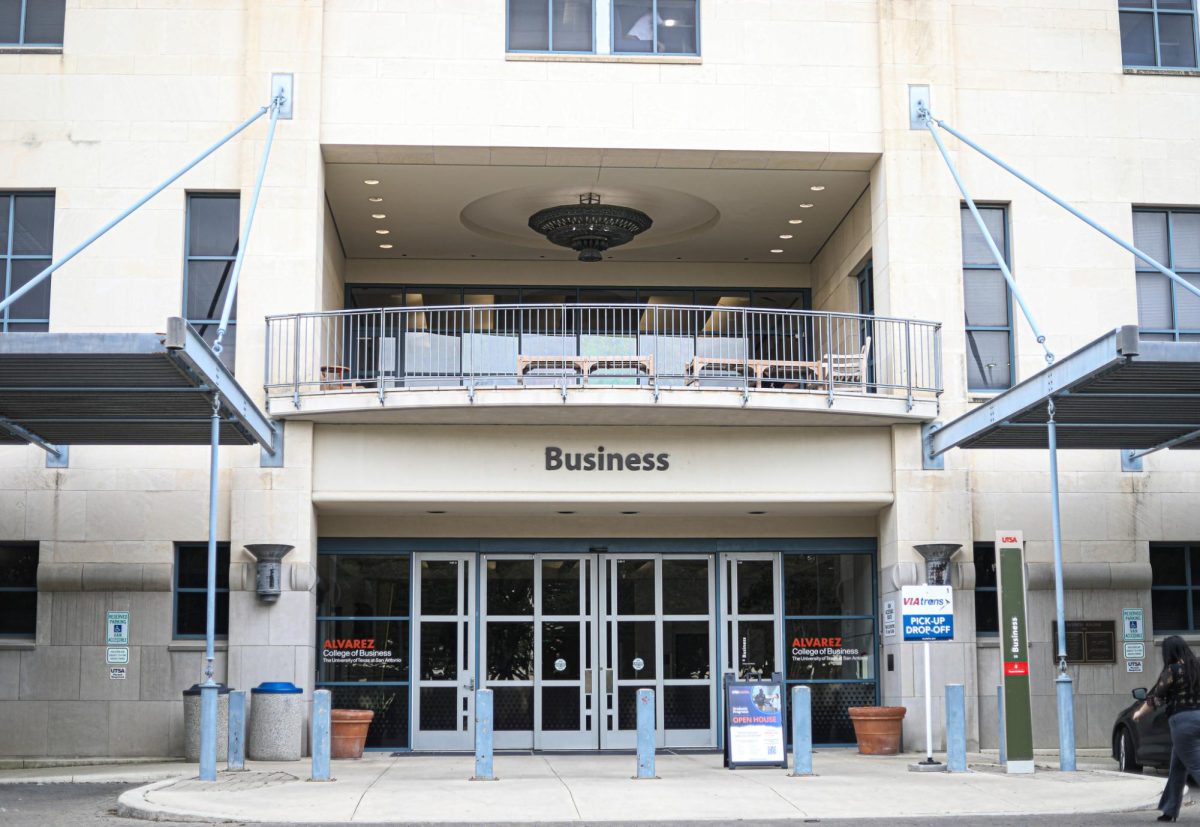
Marcus Connolly / The Paisano
UTSA has seen an increase of non-tenured faculty in the past decade. Despite growing national demand for adjunct faculty, these professors face less than ideal conditions.
In order to reach Tier One status, UTSA has hired more research professors who focus primarily on research while teaching one or two classes per semester. Because these professors teach only a few courses, the university often uses full-time and part-time lecturers. A lecturer III and a senior lecturer can have contracts of three years, health benefits and matching retirement funding. They tend to earn a higher salary than a lecturer I or II. Lecturers I and II are considered part-time and are, therefore, adjuncts.
Adjuncts usually earn $3,000 to $5,000 per course and often teach at more than one college. Because lecturers are considered part-time, they do not receive any health benefits. Lecturers I and II can sometimes teach up to four classes per semester, which is the same course load as that of a full-time senior lecturer.
Dr. Jesse Zapata, vice provost for academic and faculty support and vice provost for UTSA’s Downtown Campus, acknowledged the growing reliance on adjunct professors as a problem.
Zapata stated that the provost is aware that some of the adjuncts work at more than one college. In order to provide stability he recommended that professors teach three or four classes at UTSA, rather than divide their time between two universities.
Zapata also stated that the provost is working to improve the standards for non-tenured professors by offering contracts for senior lecturers and lecturer IIIs. The provost is also looking into ways to raise full-time non-tenured professors’ salaries. However, Zapata also stated that in the upcoming university budget the faculty would have a salary freeze.
According to some adjunct professors, who asked that their names not be used, part-time professors and senior lecturers might be afraid that if they criticize the university’s policy over issues such as salaries and promotions, their teaching contracts may not be renewed.
Each department is responsible for hiring adjunct faculty; however, as one professor explained, guidelines for hiring and retaining lecturers are vague. According to the UTSA handbook of operating procedures, criteria used in the promotion for
Lecture I faculty is developed at the discretion of the department.
According to one source, some professors fear that poor student evaluations could mean that their contracts do not get renewed. In order to have strong student evaluations, some instructors may make their courses easy. UTSA Bluebook is an online website created by UTSA that allows the public to access information about professors and courses. It suggests that professors who teach introduction level courses receive higher-rated student evaluations than tenured professors.
The handbook of operating procedures (section 2.50) states that promotion from Lecturer I to Lecturer II requires approval from the dean and a review of the recommendation by the vice president for Finance and Administrative Services of UTSA. The tenure process, Zapata explained, is much more rigorous, and involves steps such as peer reviews and dean recommendation to the provost (hop 2.50).
Part one of two
To be concluded in
the Oct. 7 – Oct. 14 issue











